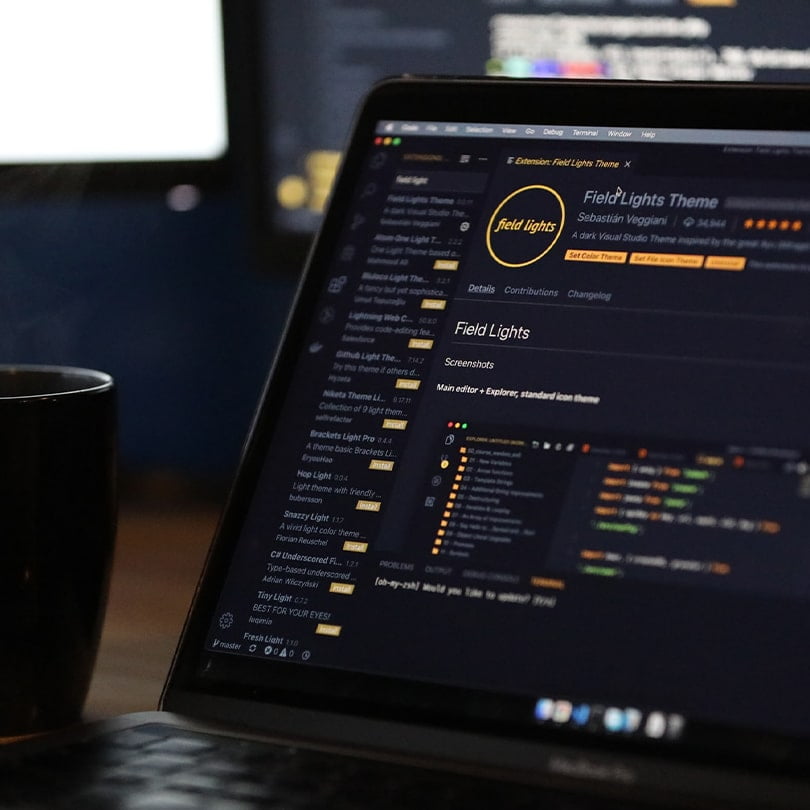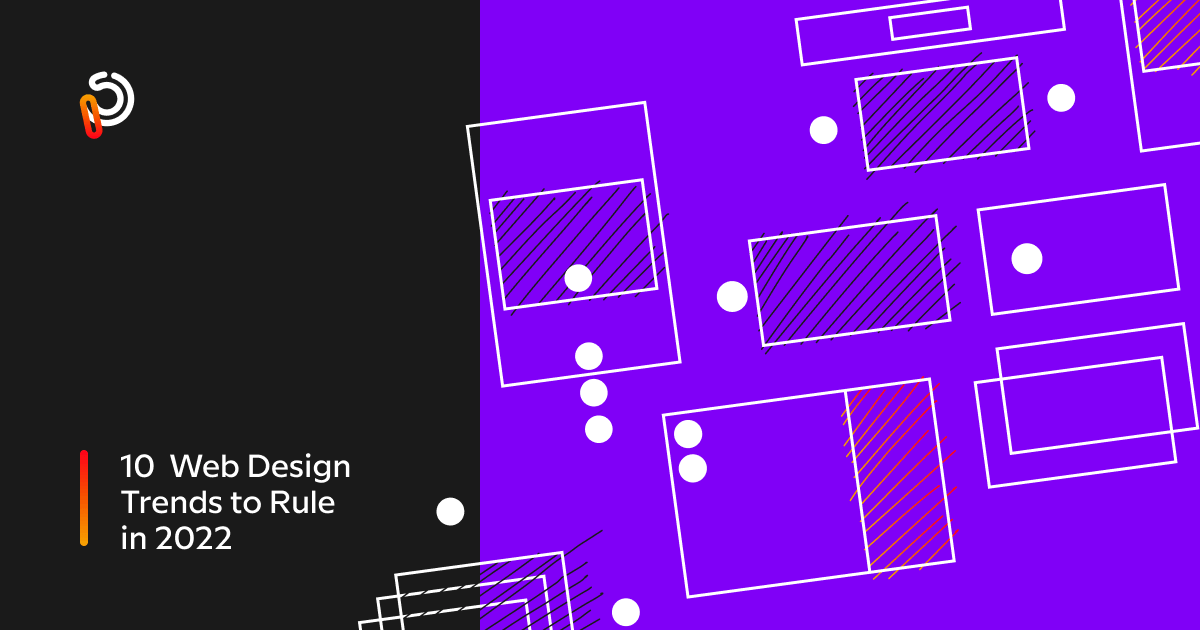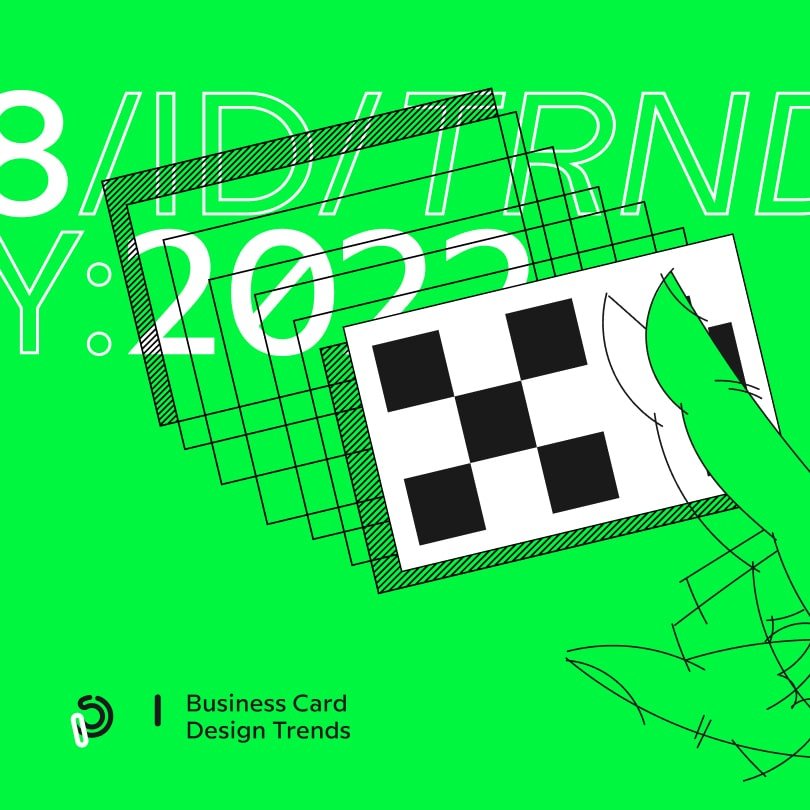You’re already a design wizard, so why bother taking the time to learn coding? Shouldn’t it be left to the developers while you focus on creating beautiful and intuitive user interfaces?
What you might not realize is that coding is about creating a beautiful design, just in a slightly different way. Polish your programming skills and widen your career opportunities. You will obtain a new vision of the design aspects, master UX/UI, semantics, and graphics with utmost ease and efficiency.
Let’s check how coding can benefit you as a designer.
8 Benefits of Learning Coding For Designers
Below are the 8 key benefits of coding for the designers.
#1 Keep Projects on Track and Budget
Knowing the program allows you to have creative control all along the designing process. This keeps projects on track and within the budget by eliminating the need for a developer at every aspect of the process.
#2 Be Able to “Speak Tech” Confidently
As a designer, if you have an understanding of coding, you can be an active member of all the team discussions, ask questions related to the entire system before creating a UI/UX. Proficiency in coding will also allow you to manage the deadlines and negotiate the prices of the projects effectively.
#3 Elevate Your Design With the Latest Tools
Learning Interactive design is a crucial factor to up your designing and professional skills. General knowledge of languages such as HTML, CSS, and JavaScript provides the foundation for improving and upgrading your potential.
#4 Discover a New Passion
Every new skill you learn adds to your abilities, allowing you to apply a creative approach to new challenges. Tasks such as mobile app development, email campaigns, and website development can benefit you immensely even without the help of an outside developer.
#5 Get Realism and Efficiency in Your Projects
Obtaining a working knowledge of coding gives creative independence and induces you to incorporate unique ideas within realistic parameters. This provides the privilege to share your prototypes and examples with developers. You will be able to excel in assembling your program with the best creativity.
#6 Enjoy Employment Flexibility
Different companies employ various expectations. Be it a new startup or a full-grown business, working knowledge of coding can make it multi-faceted. This adds up to your value, reliability, and independence in your operations. Many big companies such as Google, Microsoft list experience of HTML, JavaScript, and CSS as essentials for a UX position.
#7 Understand the Limitations
Being equipped with the knowledge of coding enables you to be resilient to the limitations of a developer. It can be in numerous aspects consisting of time constraints, economical and technical limitations. Thus, being able to understand a developer’s mindset helps you to leave room for any final design checks and decide on the completion time in an effective manner.
#8 Develop a New Approach to Problem-Solving
Programming offers an exhilarating experience to approach the inputs in a different and unique way. You can break down complex problems into manageable actions. Find numerous solutions to a single problem and choose the best alternative. This also allows you to convey your messages and solutions comprehensively to your teammates making it easier to implement and interpret the issue.

Tips on Learning to Code for Designers
Below there are a few learning tips for designers if they want to excel in coding too.
Start small but do start somewhere
This is one of the biggest hindrances which you may face while starting programming. Break larger problems into smaller fragments to access them deeply and effectively. It is crucial to realize that all big operations and applications are built from simplistic and deliberate functions. It’s all about working on different significant parts to form the pieces that fit together.
Learn to Debug When Something Goes Wrong
Getting things wrong the first time is adequate, it’s nothing to be alarmed about. Rather than being discouraged, incorporate ways to find the root cause of the problem. Trace back each step until you spot the problem. The bug may arise due to a missing comma or bracket. Be patient and learn to debug right when you find something is wrong.
Refactoring
Refactoring is the editing and polishing of your codes. There are multiple ways to narrow it down to a single solution, with coding you can analyze your existing outcome, and further refine and edit it to improve the code. The design process is an abiding operation with recurrent revising and iterating.
Do It Yourself
It may seem comforting to copy-paste the solution of a coding problem, but it is of the utmost importance to replace, improve and try to break the codes on your own in order to find ways to alter and fix them.
Attending lectures and studying examples can provide guidance. However, self-assessment allows Symantec thinking by the programmers. This critical thinking will be beneficial in all programming aspects.
What Programming Technologies Are Useful for Designers?
If you are willing to jump into programming, below there are a few of the programming technologies that will help you out.

Java Development Language
The Java development language is an object-oriented advanced programming language. It is effective to develop complex dynamic applications for servers and desktop computers.
You can join the CodeGym Java Course that is a proficient course with an 80% focus on practice involving over 1200+ tasks to help you learn Java. It may get exhausting to look for the ideal course at a reasonable price and this is your chance to avail yourself of the knowledge from experienced mentors.
Pros:
- Simple syntax and mild learning curve: Java is a high-level language that needs interpreters and compilers which makes it easier to read, write and maintain. Since it is based on the Object-Oriented Programming concept, it’s fairly similar to C++ in terms of the basic fundamentals.
Cons:
- Paid commercial license: Oracle recently stated that Java 8 edition for production, commercial, and business use is a paid application. The users are to pay a monthly software fee.
Python Development Language
Python is a general-purpose language. It is beginner-friendly and a great choice for Data Science and Machine Learning.
Pros:
- Versatile, easy to use, and fast to develop: Python focuses on code readability which is neat, easy to learn and use, and well structured.
Cons:
- Speed limitation: Being an interpreted language, it is slower than other programming languages.
HTML Markup Language
Hypertext Markup Language (HTML) is a set of markup codes and symbols compiled into a file intended to display on the internet. The markup directs the web browser on how to showcase the images and texts on the webpage.
Pros:
- Syntax: The coding is neat to follow and write.
Cons:
- Complexity: The codes may get intimidating and complex to grasp.
CSS Style Language
CSS stands for Cascading Style Sheet with a focus on Style. It directs a document’s colors, layouts, and fonts. HTML acts as the foundation and CSS is an aesthetic and creative option for the web page.
Pros:
- Consistency: The selected style is consistent across the number of web pages.
Cons:
- Comes in different levels: The levels are from CSS, CSS 1 up to CSS3, which may create confusion among web browsers and developers.
Conclusion
Learning to code will not only improve your designs but will also help you communicate with the tech team.
Among the diverse programming languages, Java, HTML, CSS, and Python are the most prolific for designers. Not only do they enhance your knowledge but also improve career opportunities.
To become a better professional in your domain choose one of these languages and start learning it and make the first step towards new perspectives.





